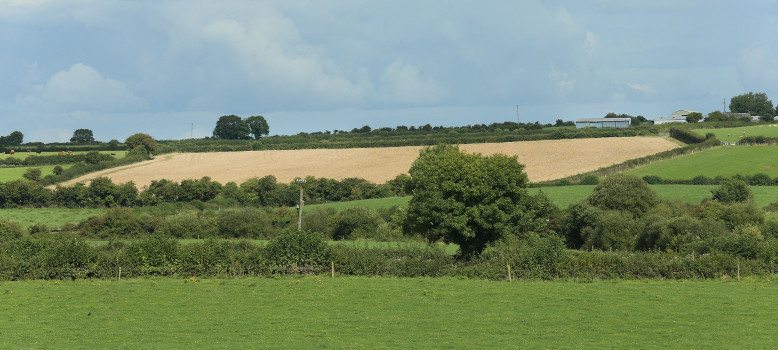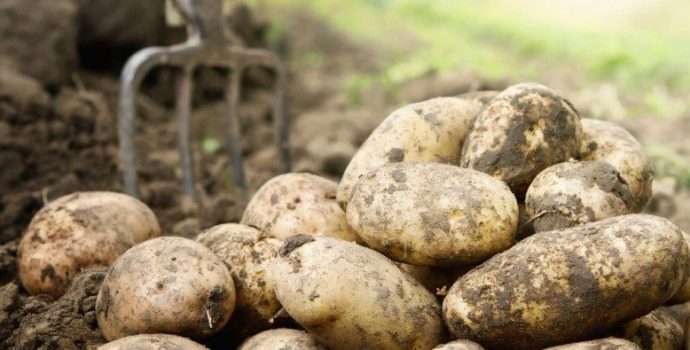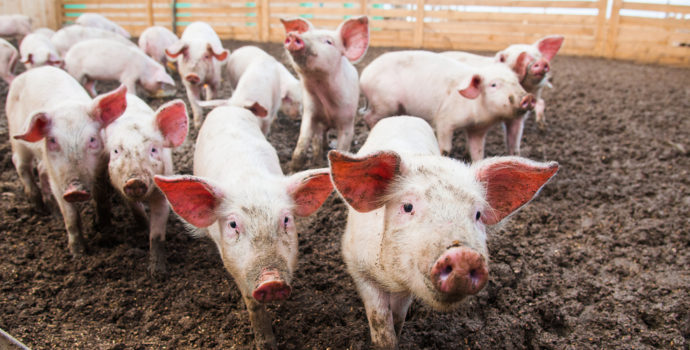Minister Donohoe Must Reverse Stamp Duty Increase on Farmland

IFA President Joe Healy has written to Minister for Finance Paschal Donohoe to ask that he reverse his decision to increase stamp duty on farmland from 2% to 6%. IFA has called for the Minister to provide in the Finance Act 2017 for the stamp duty rate to remain at 2% for land that is purchased or transferred and used for farming.
Joe Healy said the decision to increase stamp duty on farmland runs counter to Government policy to promote land mobility and farm development, “Decisions on agri-taxation taken by the Government over the last number of years have been very positive, contributing to farm development and restructuring. In particular, the outcome of the comprehensive review of agri-taxation in 2014 represented real progress, with the retention, enhancement and targeting of key measures to improve land mobility, farm restructuring and promote on-farm investment.
“The increase in the rate of stamp duty for commercial property, including farmland, from 2% to 6%, is a very negative step in this context. It will significantly add to the costs of farm purchase and transfer, and will disincentivise land mobility. It will undermine opportunities for farmers to consolidate their farm holdings, to invest to improve their farm viability and will discourage lifetime transfers, as there is no stamp duty on transfers that occur on inheritance.”
Joe Healy pointed out that although reliefs are available to farmers through the Young Trained Farmer Stamp Duty Exemption and the Consanguinity Relief, the majority of farmland transactions are subject to stamp duty at the full commercial rate.
IFA has proposed that the stamp duty rate remain at 2% for land that is purchased or transferred and used for farming.
Joe Healy said, “I believe this is a very reasonable proposal that would support continued land mobility and lifetime farm transfers. The reduced stamp duty rate would apply for active farmers only and would support improvements in the viability of the agriculture sector, underpinning its contribution to the achievement of FoodWise 2025 targets.”
The proposed measure would be ring-fenced for active farmers, who farm the land themselves, and for whom the qualifying criteria would be the same as is currently applied by Revenue for other agricultural taxation measures (e.g. Agricultural Relief, Relief for leasing of farmland).




